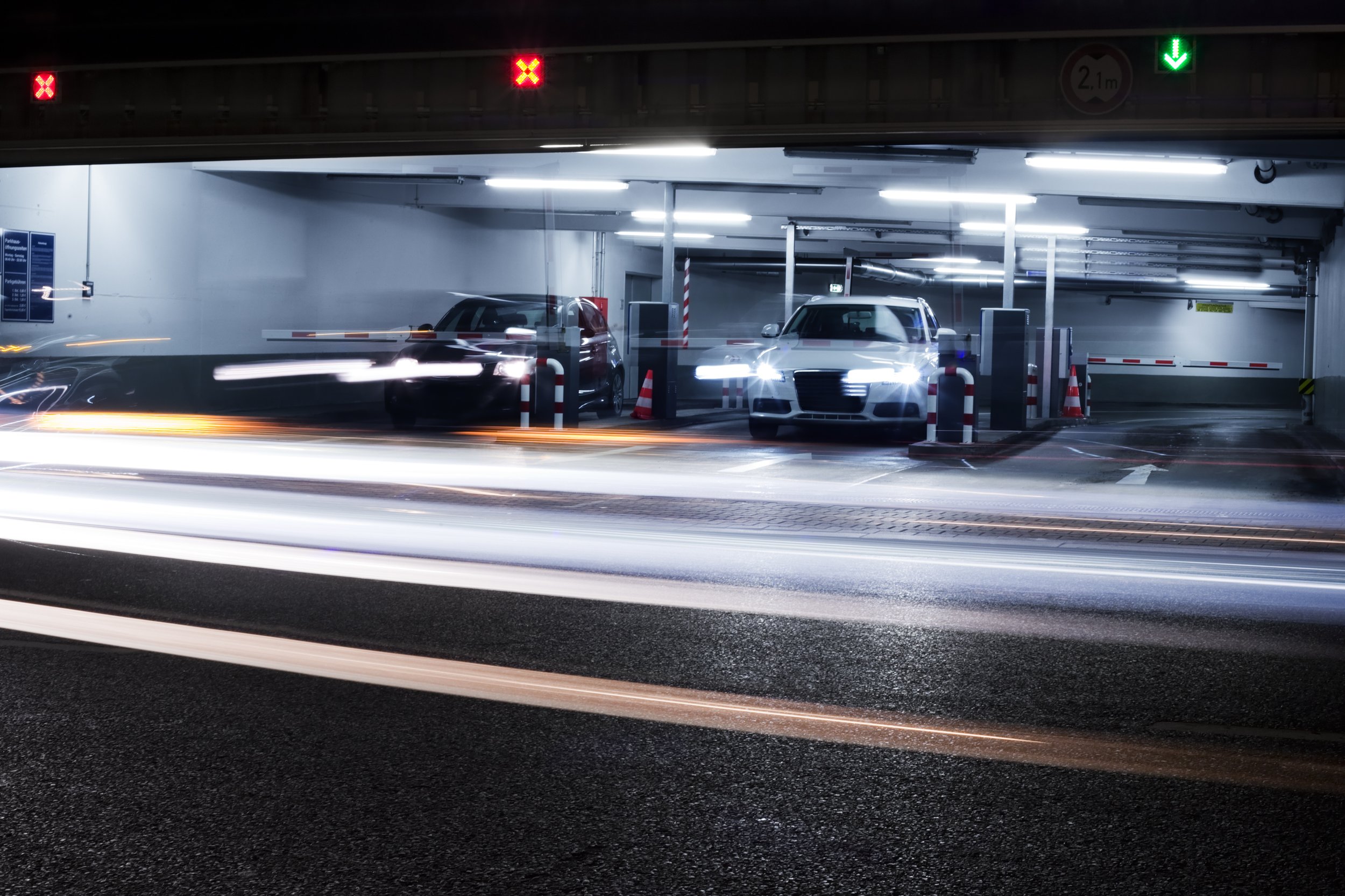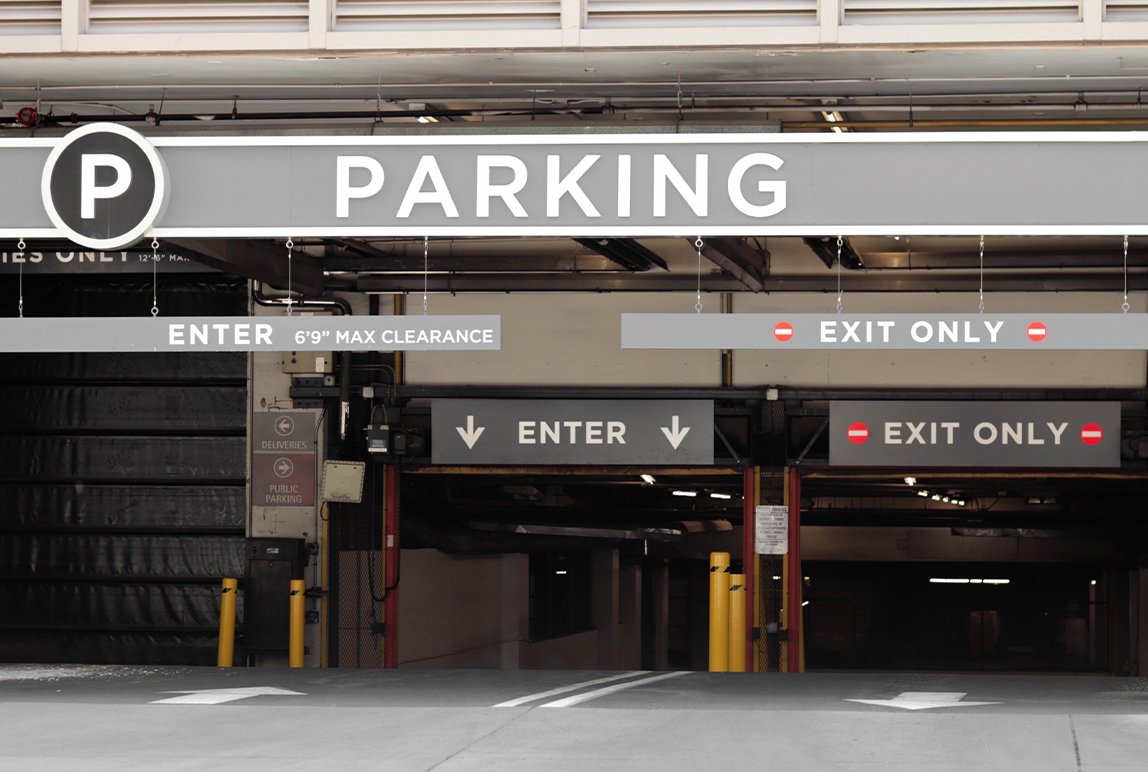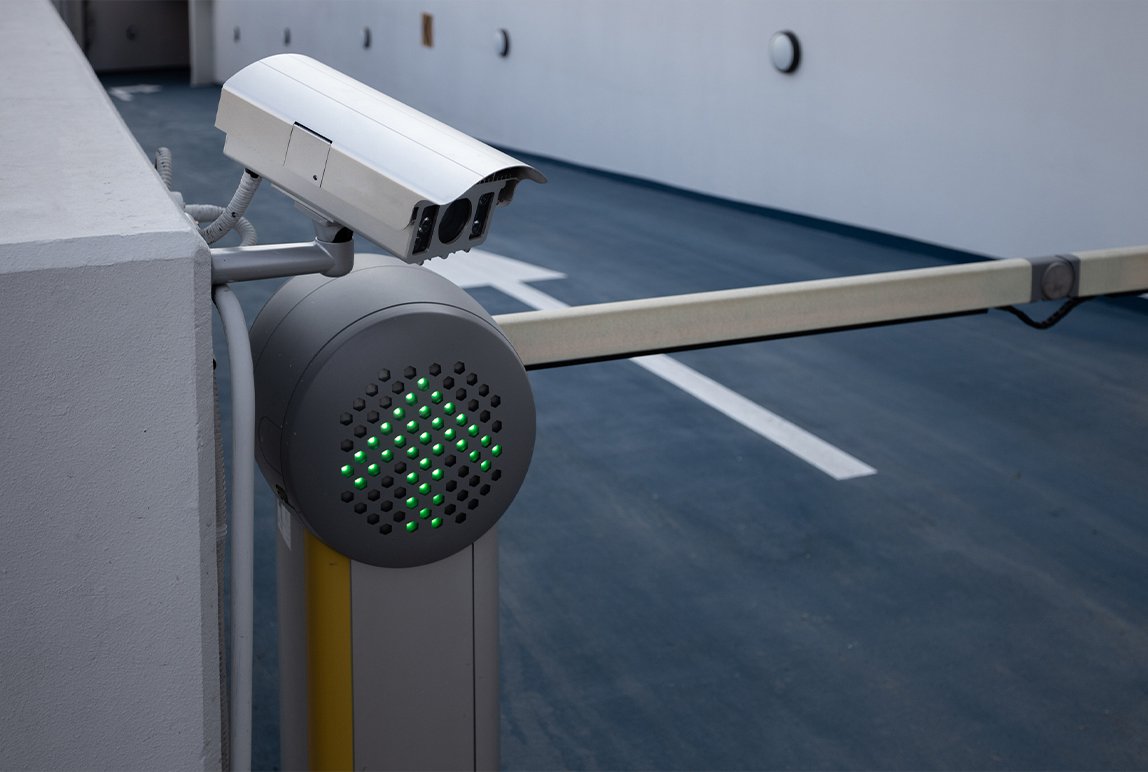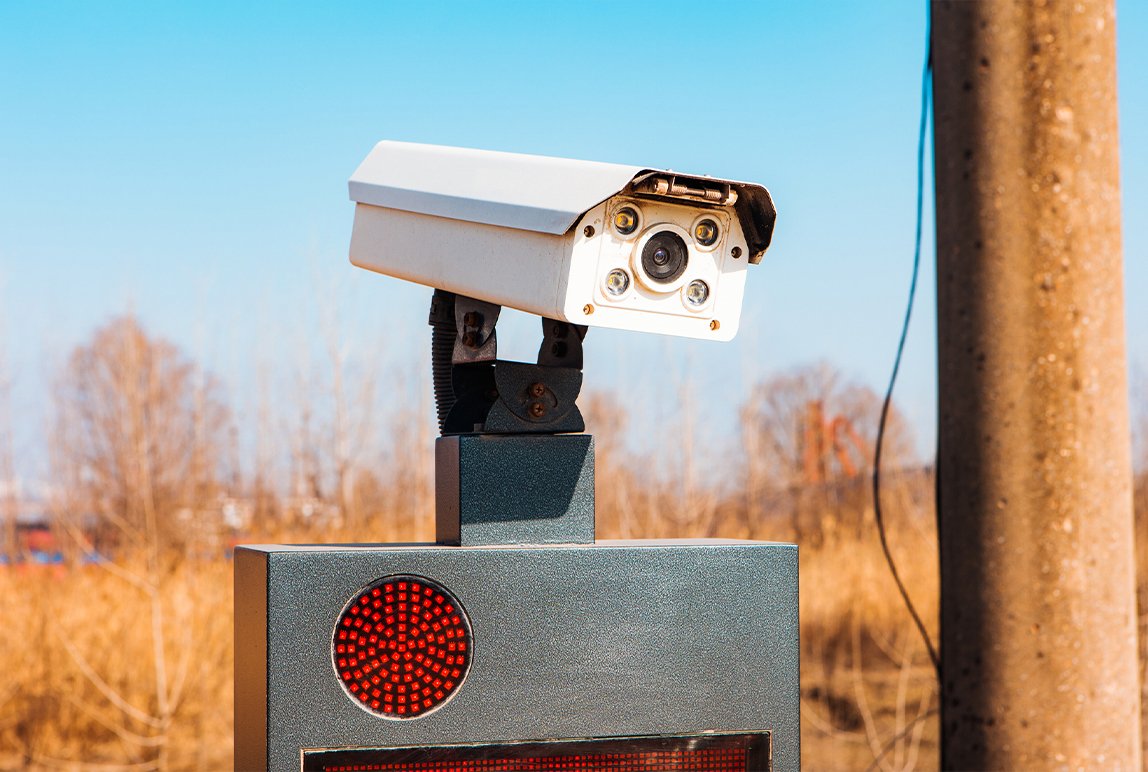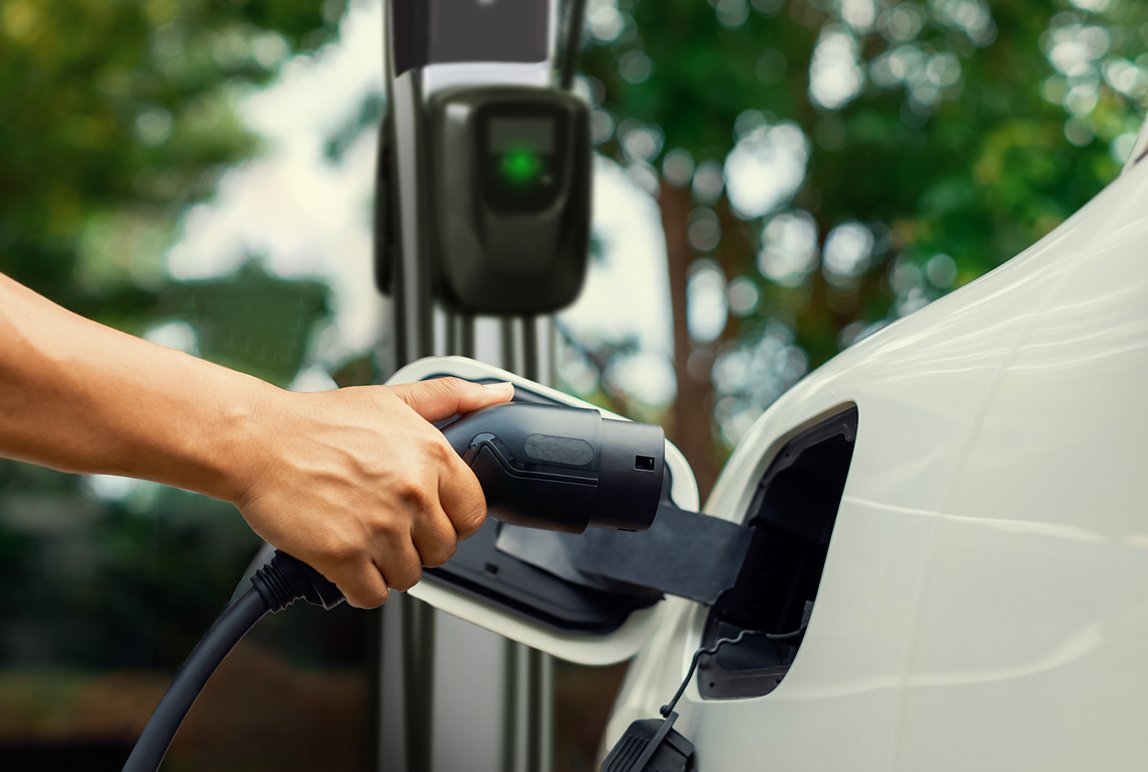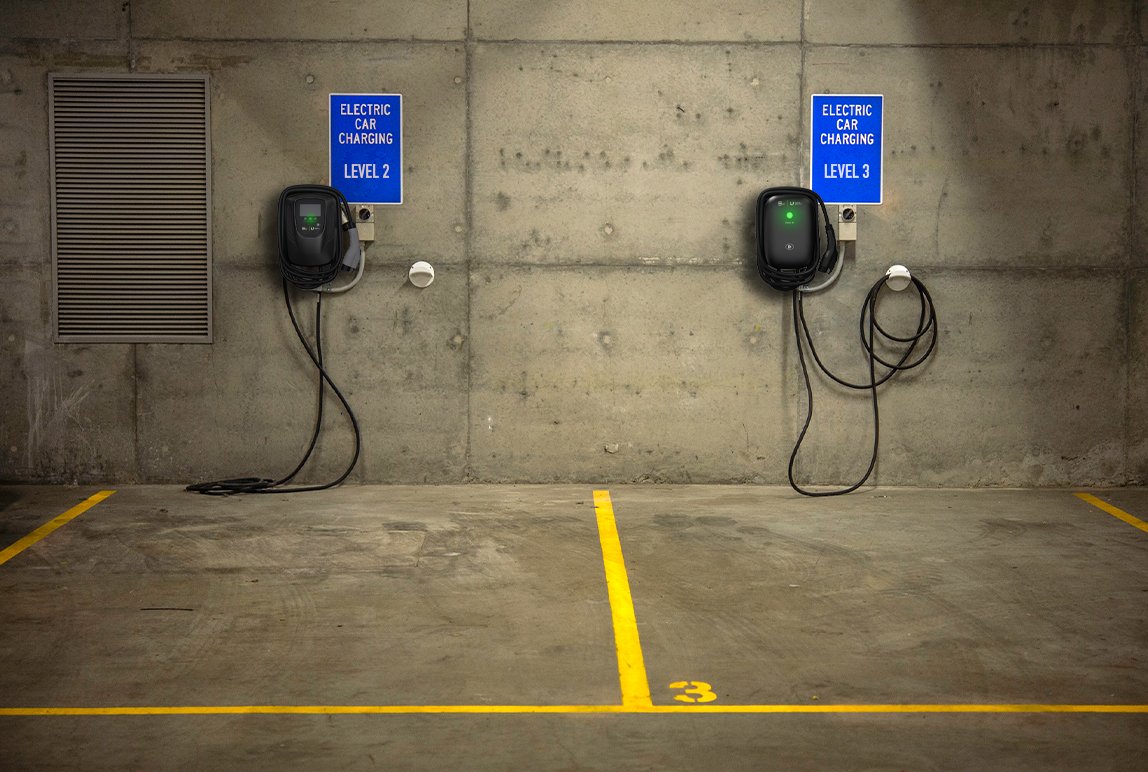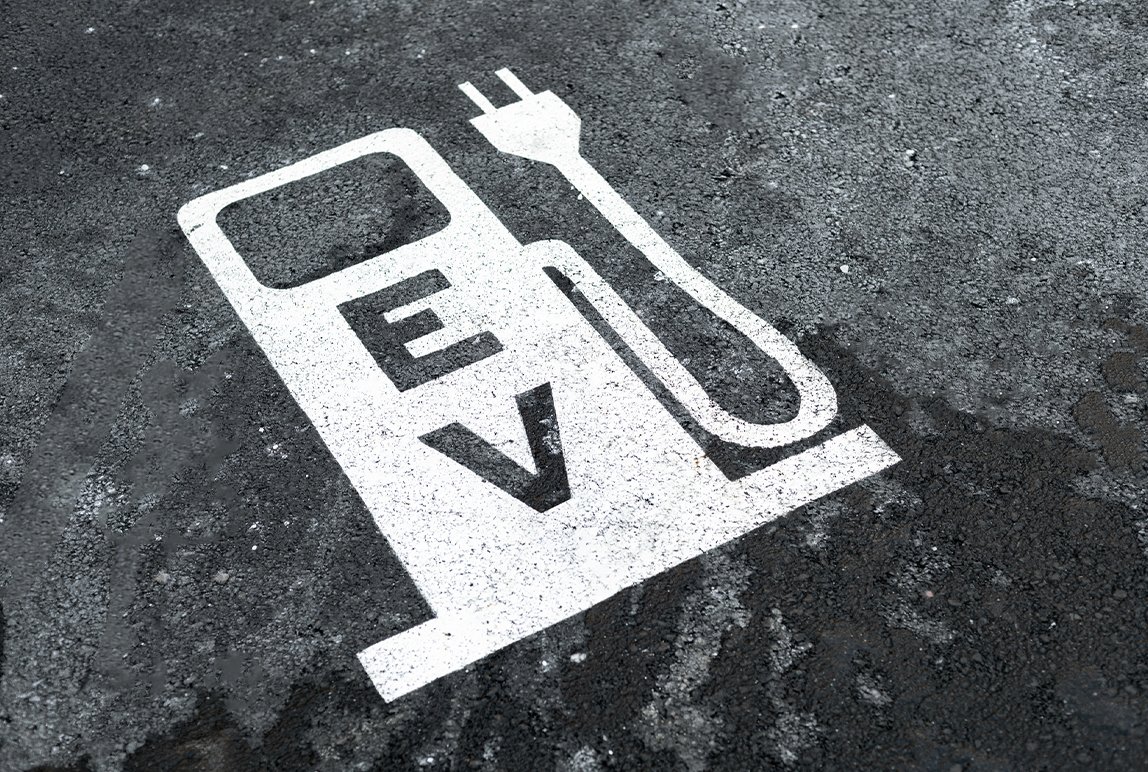Choosing between Gated and Non-Gated Revenue Capture
Posted: May, 11, 2021 2:44PM ET • 10 min read
A parking lot is often your customers’ first and last interaction with your facility and can therefore have a direct and memorable impact on their overall satisfaction with the experience. The parking operation should be clean and safe, and the equipment you use to control access and generate revenue from parking should be functional and appropriate to the task.
Each parking lot has a unique set of conditions that all need to be addressed in designing a solution – not only what types of parkers you want to attract or deter, but what means are at your disposal to finance the operation. Some items to consider include:
Capital costs
Installation costs
Maintenance costs
Operational costs
Projected revenues
Life expectancy
Updates and certification versus forklift upgrades
Capital costs
Gated parking systems are more expensive not only because more equipment is required — terminals and barriers at the entrance and exit, pay stations, servers, etc. — but the equipment itself is more complex.
Multi-space meters in ungated parking lots, by contrast, require only the meters themselves, which are usually less expensive to begin with. They can more easily be offered on an all-in rental basis, eliminating the need for capital purchase. As some parking operators upgrade their systems from ungated to gated systems, an increasing number of refurbished multi-space meters are available on the market, providing a unique opportunity for smaller businesses and municipalities to launch a paid parking program using certified equipment.
Installation costs
Installing gated systems requires a great deal of design and engineering. You’ll need to take into consideration how cars will approach and queue at the entrance and exit gates.
The terminals and gates will need to be mounted on concrete islands. If the islands were framed and poured to spec, installation can proceed unimpeded. If not, the islands may need to be chipped to allow for the appropriate placement of conduit. Cabling (both power and communication) will then need to be pulled into place. Not only are there more individual pieces of equipment involved in a gated system, but the pieces themselves are more complex, and thus requiring greater time and expertise to install.
On the other hand, multi-space meters will require a concrete pad, but unless they are being installed indoors, they are often fitted with a solar panel to charge their internal battery, and they rely on cellular data networks for their communications. This means they can be installed in as little as a day.
Maintenance costs
All parking systems, whether gated or ungated, are subject to the effects of their environments and the frequency of their use. On average – and with an appropriately adhered to preventative maintenance schedule, a parking system of any kind will last for eight to ten years, with maintenance and repair costs rising as the equipment ages.
Due to the complexity of gated parking equipment, maintenance and warranty costs are generally higher than for ungated systems. Any operator installing a gated parking solution will want to select a technology partner that has factory training as well as extensive practical experience maintaining the solution constituent systems to keep it functioning perfectly while avoiding unnecessary work, which can be costly.
Multi-space meters are also subject to warranty and maintenance costs, though because the technology is simpler and often less of it, these costs are likely to be lower. However, ungated lots require enforcement to ensure compliance, which brings with it a number of maintenance costs not associated with gated systems — namely, licensing and support for the technology, warranty and maintenance on the enforcement technology itself, and fuel and maintenance for any enforcement vehicles that are used.
Regardless of the parking system you determine is best in your application, you will maximize the return on your investment by installing a system with a long life, then maintaining it properly.
Operational costs
The single greatest expense in any parking operation is the wage and benefits for human resources.
The ongoing, recurring costs associated with operating a gated parking solution are surprisingly low given the complexity of the system. Indeed, the reason gated systems are so complex is that they are often designed to be completed automated, requiring human intervention only for the maintenance described above, refilling consumables like ticket and receipt paper, and emptying hoppers.
However, these expenses are easily mitigated by selecting a technology vendor that is trained and experienced with the installed equipment, or by switching to increasingly popular ticketless or cashless solutions. Very highly skilled vendors will dispatch their technicians to the site to perform regular maintenance and routine replacements at the same time (whenever possible) to further minimize costs to the operator.
Multi-space meters in ungated parking lots could not be more different, requiring human intervention several times per day.
Ungated lots have the same potential to need coin boxes emptied or receipt paper replenished as gated lots, however the standout expense is the multiple enforcement actions that need to be taken every day the lot is being enforced. Enforcement officers must be paid — not to mention uniforms provided or vehicle to enforce from — to patrol the lot and either write or deliver the infraction notice. Once the contravening parker receives the infraction notice, someone will need to process his or her payment, or refer the ticket to a collections agency — and on and on it goes.
Some parking operators have converted their stalls to a mobile app-based payment solution, which certainly addresses some of the recurring costs like consumables or cellular data network charges, however the lion’s share of the cost — the enforcement — remains just as high as ever.
Although ungated solutions are considerably less expensive to purchase, install, and maintain, they are dramatically more expensive to operate because of the labour required to enforce them. This will incentivize owners of gated solutions to extend the lives of their solutions with appropriate maintenance from a qualified vendor as a way to ultimately reduce overall costs in the long term.
Projected revenues
For both publicly and privately owned parking facilities, operators must offset their expenses with revenues.
By their very nature, gated parking systems capture 100% of revenue. Not only is this appealing in and of itself, but it eliminates some of the uncertainty inherent to estimating parking revenues.
Gated parking systems’ chief advantage over ungated systems is their ability to be automated to varying degrees, particularly with cashless and ticketless payment systems, as discussed above. Although it is increasingly rare to see gated systems operated by cashiers, there are a few applications where we see them occasionally:
Hospitals to sell or upgrade multi-use passes
Commercial sites to vend customer loyalty program cards
Valets to provide customer service at hotels and high-end residential buildings
What all of these locations have in common, of course, is that you can reasonably expect parking revenues to be quite high here anyway – certainly more than enough to offset the cost these services will incur. If you’re the operator of such a facility, you might consider partnering with a solution provider that can furnish these services as well.
Estimating parking revenues from ungated parking systems is a great deal more onerous, however, as there are a number of external factors to consider:
Voluntary compliance by parkers who choose to pay for their parking sessions; on average, ungated facilities see 15 to 25% lower revenue for the same lot when it is gated, based strictly on the fact that there is no way to ensure 100% of people pay for 100% of the parking they use 100% of time
Compliance rates depend on enforcement rates; unfortunately, as enforcement increases, so do costs
Citation revenue can offset the expense of enforcement, but the degree to which it does will depend on how many infractions lead to citations being issued, how many of those citations are paid in full, and the average fine associated with citations
Revenue distribution often differs from one operation to another, such as in cases where a percentage of fine revenues is paid to a contractor to pay for their services as an enforcement officers or sometimes even technology providers
Overpayment at a parking meter occurs when parkers overestimate how long of a parking session they need and pay accordingly, or give themselves some comfort room to avoid the possibility of a receiving a ticket; however, as mobile payment options that let parkers “top up” an ongoing session become more popular, parking operators can rely on meter overpayment less and less
Revenue loss can occur when parking meters become too full to accept further payments, however this issue is becoming less and less common as payment solutions move increasingly toward cashless options in keeping with broader marketplace trends; still, where cash payments remain the only option, regular coin box collections will be aided by parking meters that are remotely monitored for a variety of condition alerts, including coin levels
For lots that are too small to ever generate enough revenue to make a gated system feasible, a low-cost parking meter alternative may well be the right solution. As well, for lots small enough that enforcement patrols can be done by someone already on staff rather than hiring specifically for that role, most of the cost of enforcement is already committed regardless.
Life expectancy
A properly maintained parking equipment solution has a typical life expectancy of 10 years; when choosing a technology partner, consider if they have a program to help extend the life expectancy of your investment, thereby reducing your capital expenditure. There are many examples in the Canadian marketplace of systems that have been extended beyond 15 years with careful maintenance and update plans, ensuring not only the integrity of the physical equipment itself, but updates that that keep the systems viable and compliant.
Updates and certification versus forklift upgrades and replacements
As mentioned above, a technology and solutions partner can mean the difference of significant savings over the expected life of a parking system. A parking access and control system is an important investment for any business, and any updates and certifications that can extend the life of the equipment needs to be investigated and analysed.
At about the 7- to 8-year mark, your partner should be starting conversations with you about your technology plan for the expected end-of-life of your system. If they have also been your maintenance and support partner, they are likely to have a better understanding of the current state of your equipment, and should be making recommendations to keep your parking program up and running. Updates and certifications should always be explored as a first option, as these are almost always significantly less expensive than a forklift upgrade or complete system replacement.
Advantages of Gated Parking Solutions
Despite the higher initial cost of installing gated parking solutions, they often represent significantly greater return on investment over their lifetime by saving expenses on the enforcement required for ungated solutions. Moreover, there are many opportunities to reduce the initial costs of your parking operation’s start up by fully automating the system or by designing it to be ticketless and cashless.
It’s worth quickly reviewing a few of the other key advantages gated parking systems have over their ungated cousins:
Controlled access and egress slows the travelling speed within your facility, helping reduce collisions and potentially injuries at a point where drivers may not be as focussed on their surroundings
Professional and attractive with a sophisticated parking management system
Safer facility by limiting access, such as later in the evenings; barriers act as a natural deterrent to theft and vandalism by giving a visual clue that the facility is actively monitored and controlled
Guaranteed access for employees, who no longer have to compete with visitors for parking
Easier to rescind access to anyone at any time
Before selecting your eventual technical solutions partner, make sure they have a team of experienced and factory-trained technicians who are best positioned to carry out warranty replacements and any other repairs and maintenance to keep your parking facility at the top of its game.
Share Article:
Featured Articles
ABOUT THE AUTHOR
Melissa Tucci
Client Relations Manager
Melissa’s extensive experience in a variety of roles with Precise ParkLink has given her a unique perspective on how to effectively navigate Precise ParkLink’s corporate structure to advocate on her clients’ behalf. Melissa’s success in her career with Precise ParkLink so far has been marked by thriving in fast-paced environments and going above and beyond to meet project stakeholders’ requirements. In her present role, Melissa leverages her client service skills and account management experience to act as her clients’ day-to-day point of contact. This entails playing a key role in ensuring that all client accounts are reconciled and paid in a timely manner, and supporting client engagements in the areas of staff training and development, project management, implementation, and scheduling.
Questions?
Fill out the form below and we will do our best to connect you with a suitable contact.



